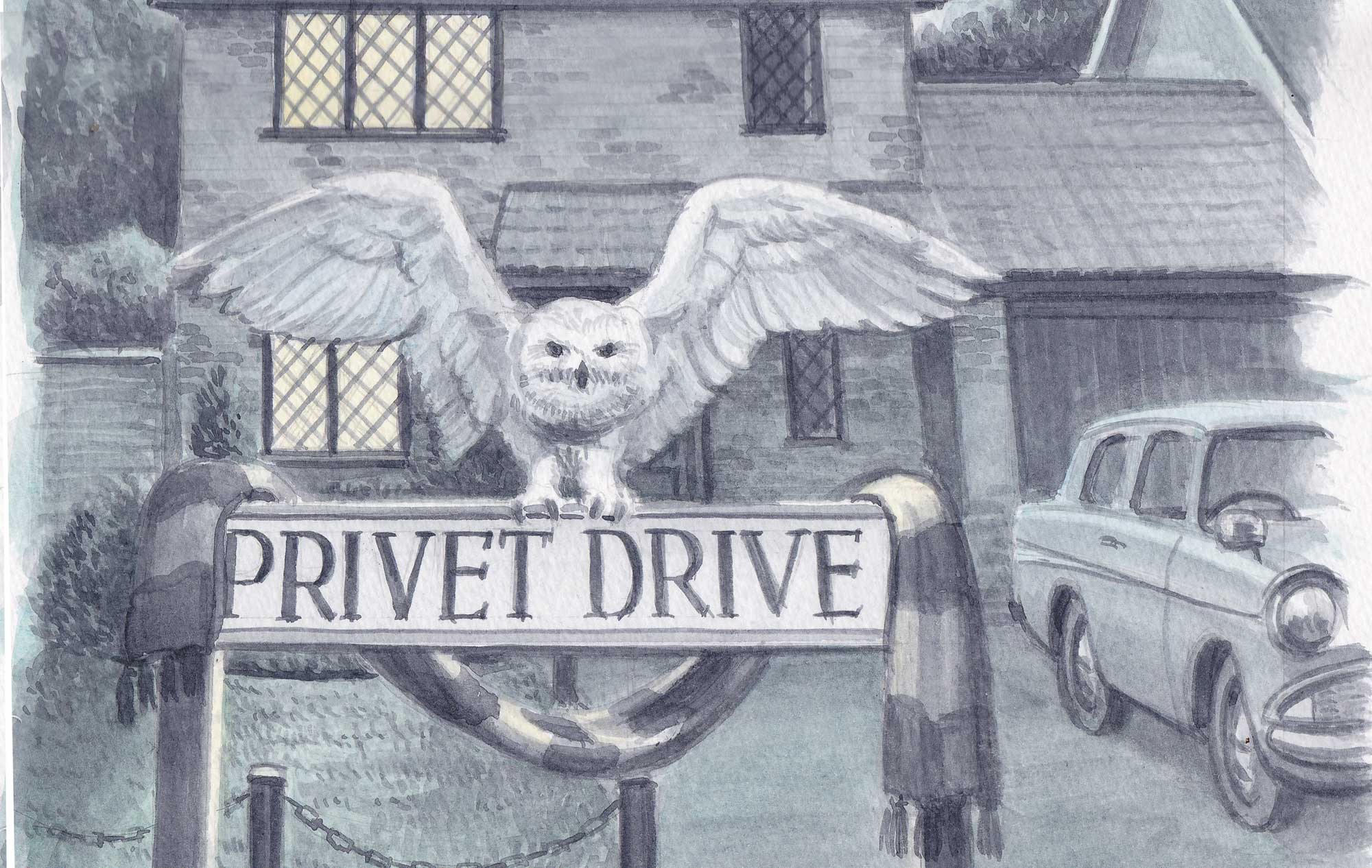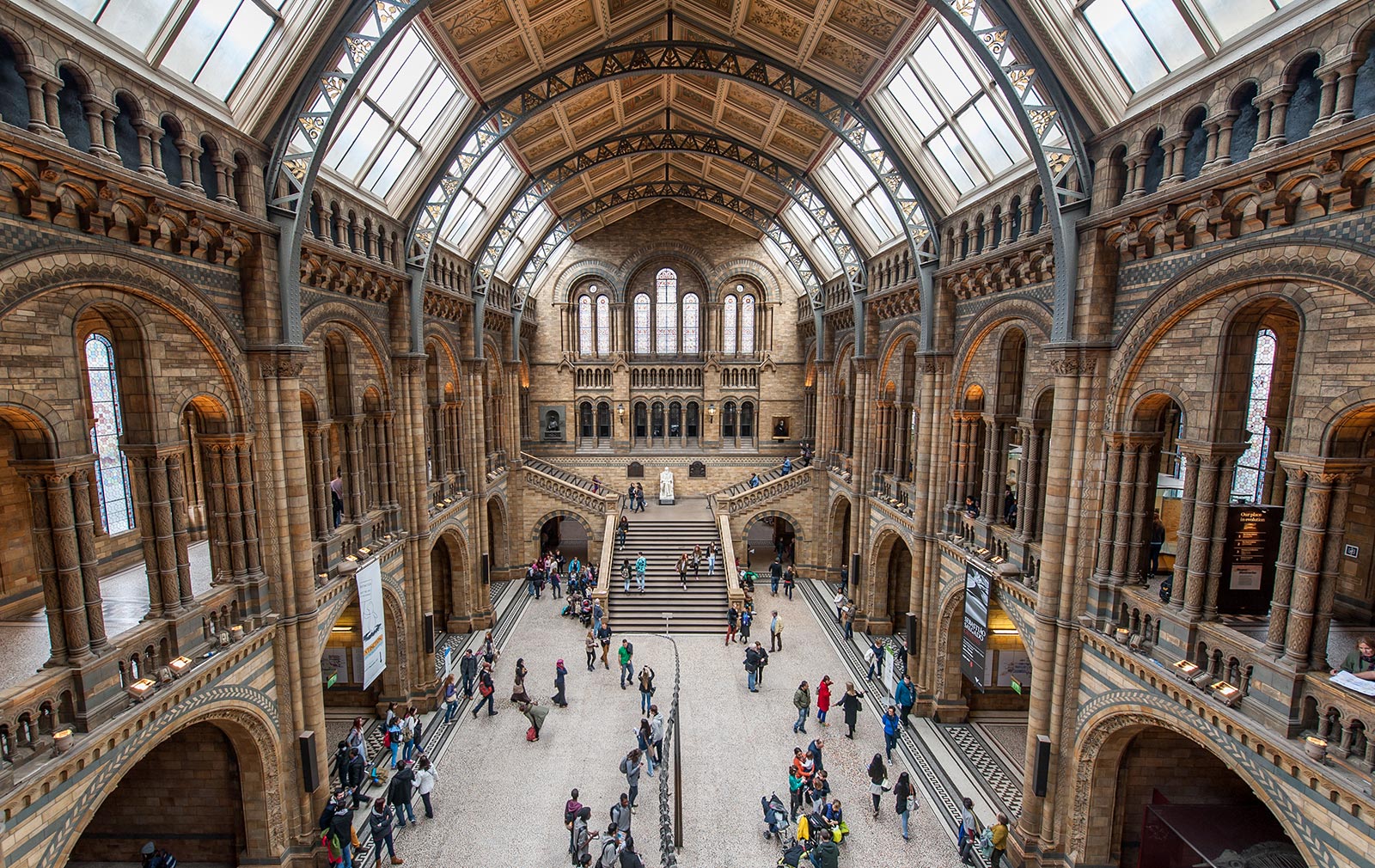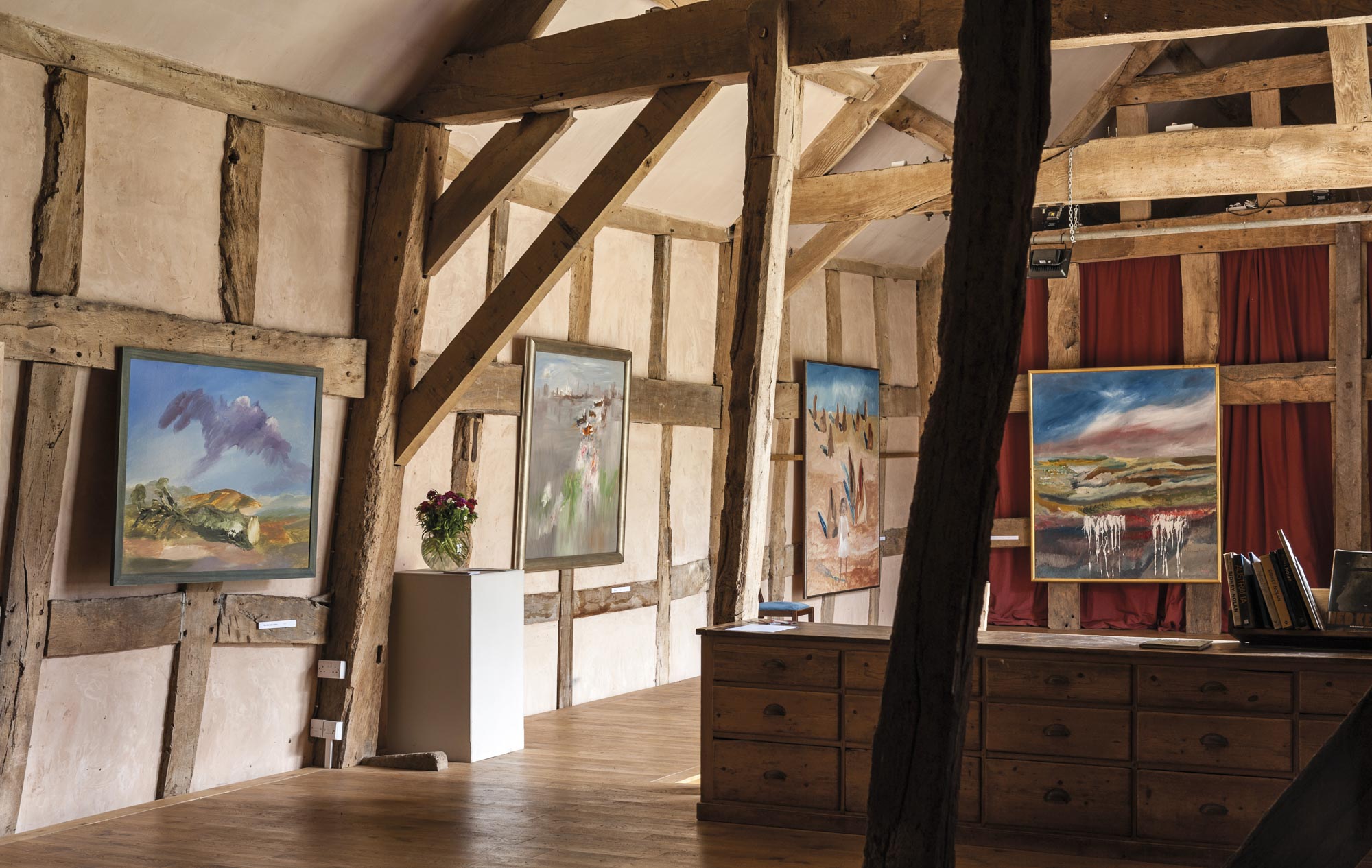Lindsey Axford lives in a tidy, beige-bricked house in a quiet, suburban street lined with tidy brick houses tucked behind tidy, green lawns. She’s been in this pretty (and pretty ordinary) home for 25 years without attracting the attention of anyone or anything.
Then one morning last summer, the 60-year-old civil servant opened her front door to discover a sight that months later still leaves her astonished.
‘There must have been about 50 Chinese tourists in my street,’ says Axford when I bump into her on a crisp, sunny winter morning. ‘They were wandering up and down the road, in and out of our front gardens, taking pictures of everything: the houses, the flowers, the manhole covers, even our dustbins. No one could understand: why had they come here? What’s the fascination with an ordinary street in Kidlington?’
The number of tourists from China travelling to the UK has spiked in recent years. In 2015, more than 200,000 visitors from the Chinese mainland arrived in Britain, a jump of almost 40 per cent, according to Visit Britain.
So what’s the fascination with this particular town? And why do they keep coming? If you’ve never been to Kidlington – and let’s face it, you probably haven’t – you need to know one thing. The town (population: fewer than 14,000, a good number of manhole covers, quite a few wheelie bins) is a few kilometres north of Oxford, and 100 kilometres from London.
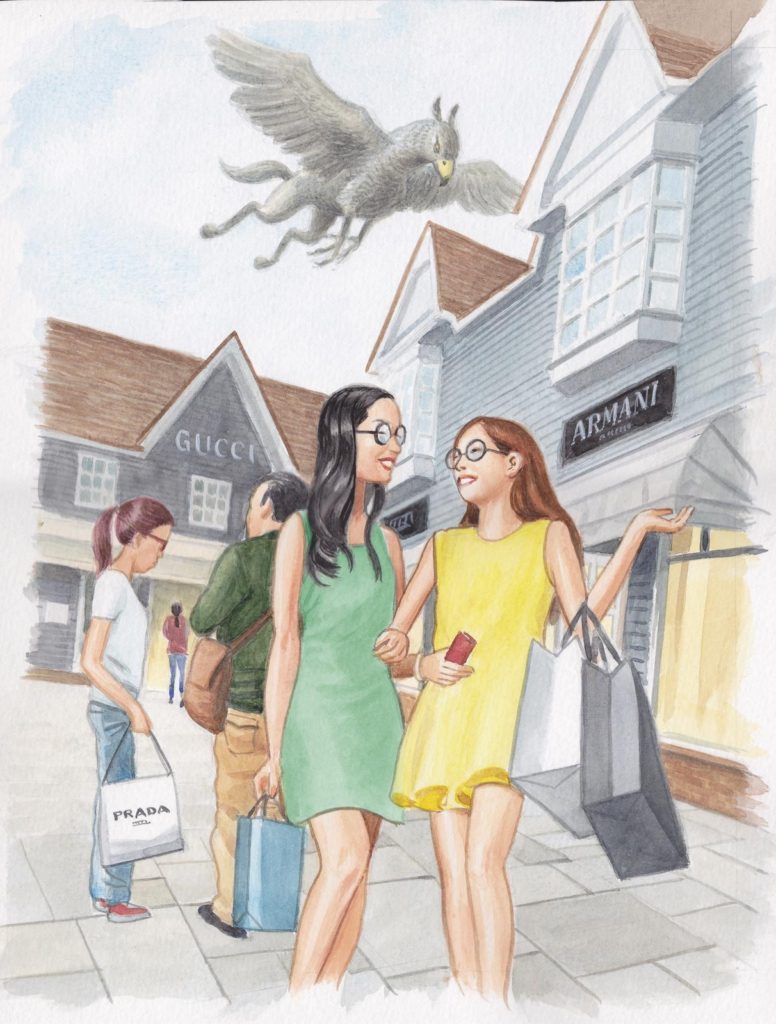
But while Oxford is historic and beautiful, and London is exciting in a capital city kind of way, Kidlington is ordinary. Unremarkable. Unexceptional. There’s plenty of history nearby, but the houses on Axford’s road are younger than The Beatles. And this little piece of tarmac is so untroubled by traffic that it doesn’t even qualify for a white line down the middle.
Yet the busloads of Chinese tourists keep coming.
One theory goes that the tourists thought it was the village from Harry Potter (more on that later) – but that’s not the reason. It turns out that they’re taken there on coach trips. Typically, one group wanders around the ancient Blenheim Castle, the ancestral home of Sir Winston Churchill, a few kilometres away, while the other is left in Kidlington to explore – before they switch. Tourists have been overheard describing it as a pretty English town, and they’re more than happy to wander its lanes and over its drain covers while they wait.
Kidlington finds itself at the epicentre of an unusual tourist trail. It’s at the heart of a part of Britain, just outside the capital, that traditionally has not been a magnet for visitors but which is now attracting thousands of people from Asia every year. Tourists still marvel at the obvious attractions of the UK – Big Ben, the ancient colleges of Oxford and Cambridge, the streets of William Shakespeare’s Stratford-upon-Avon – but increasingly they’re heading for this other Britain, too.
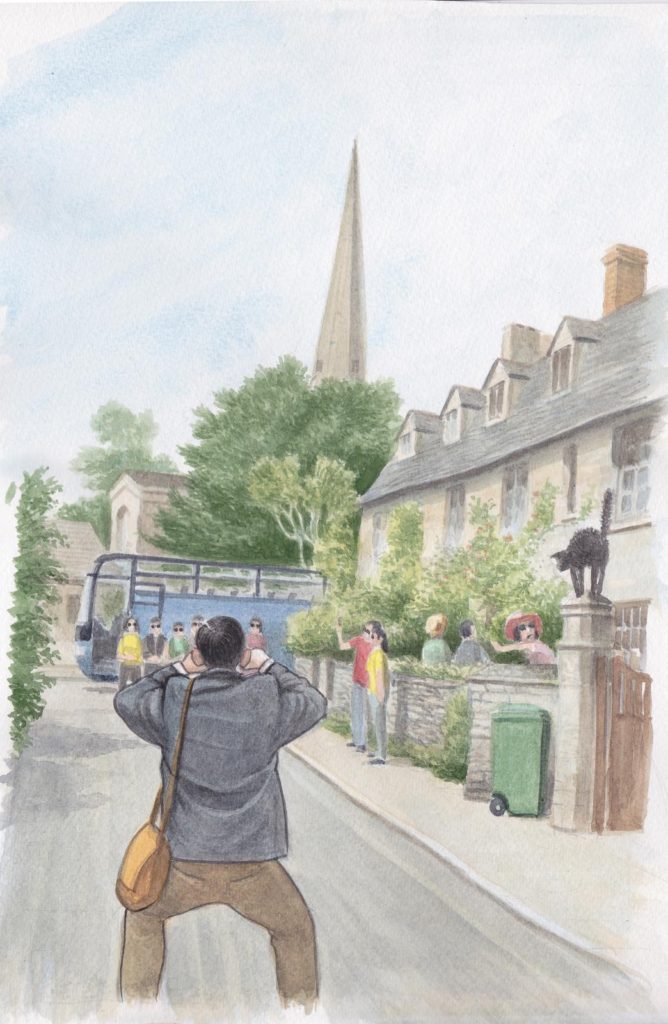
The counties that surround London are known as the Home Counties. It’s not always a term of affection. There are lots of very pretty towns and villages in the Home Counties but, as the name suggests, these counties – Berkshire, Buckinghamshire, Essex, Hertfordshire, Kent, Surrey and Sussex – also host a lot of dormitory towns, places where people eat and sleep before commuting into London to do the exciting stuff in the capital.
It’s Ordinary Britain. I don’t mean boring Britain. Or dull Britain. I mean everyday Britain. The Britain that doesn’t jump from the history books but that just contentedly jogs along, minding its own business.
Perhaps it was Leavesden, 30 kilometres northwest of the capital, which kicked off the trend. I’ve lived in London for nearly 50 years, and I’d not heard of it either until a couple of years ago.
But now thousands of Asian visitors come here every year to go behind the scenes at the film studio where the Harry Potter movies were made. Insiders at the Harry Potter studio tour say that South Koreans are particularly keen to come. They’ve no idea why.
Southwest on the M25 motorway that rings London, just outside the town of Bracknell, is Picket Post Close in the village of Martins Heron. And on this street is an ordinary two-up, two-down property that went on sale for £650,000 (HK$6.3 million) last November. So far, so ordinary. But this detached brick house is better known to Harry Potter fans as 4 Privet Drive, where Harry lived under the staircase – an important stop on the Ordinary Britain tour. (Some 474 kilometres north is Lake Windermere, which Beijing China International Travel Service Co advertises in an England package tour as being a location used in the films.)
Next stop: the Bicester Village outlet centre, a shopping venue boasting all manner of upmarket stores selling designer brands at prices far lower than you’d find in London’s Bond Street, a 90-minute drive away.
Bicester Village attracts hundreds of thousands of Chinese visitors every year, a fact that’s immediately apparent the moment I get out of my car. And Brexit – plus the subsequent dent to the value of sterling – has only helped drive the trade here.

Incredibly, Bicester Village is the second-most visited attraction among Chinese tourists in the UK; the only place more popular is Buckingham Palace. Perhaps that’s because they’re already comfortable with the concept: Bicester has sister centres in Shanghai and Suzhou.
And it’s not just visitors from China. On the day I visit, I talk to people from Vietnam, Malaysia, Singapore… There are dozens of languages being spoken, but the lingua franca is what you might call Armani English.
The first person I speak to is Ying Xu, a young Chinese woman here with her Vietnamese boyfriend, Nam Le, 23.
‘They’ve got all the right brands here,’ says Ying, clutching armfuls of Calvin Klein, ‘but it’s much easier to afford it here than if you go shopping in London.’ That’s a message I pick up from everyone I speak to, whether they’re spending £65 (HK$630) on a Longchamp bag that would cost double that in Singapore or £1,000 (HK$9,700) on a Max Mara coat that holidaymaker Linh Chu decided to buy here – on what is really a jazzed-up industrial estate next to the motorway – rather than back home in Hong Kong.
Final stop of my Home Counties tour? Well, it’s time for a drink and a spot of lunch. Ordinary Britain doesn’t mean you have to eschew the traditional. I fancy a pub lunch.
The Plough at Cadsden in Buckinghamshire is the pub that launched a thousand selfies. It is the place where David Cameron, the former British prime minister, took Chinese President Xi Jinping for a pint of beer in 2015. And it’s become part of the Home Counties trail for Chinese visitors. So much so that the pub is now owned by a Chinese investment company that’s hoping to create clones of this typical English pub across China.
I go for a pint of English bitter and chat with the barman. He’s called Shane Cheung. Where’s he from? Hong Kong? Beijing?
No, he tells me. ‘Aylesbury. Twenty minutes away by car.’



